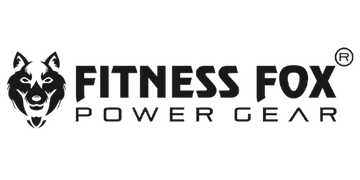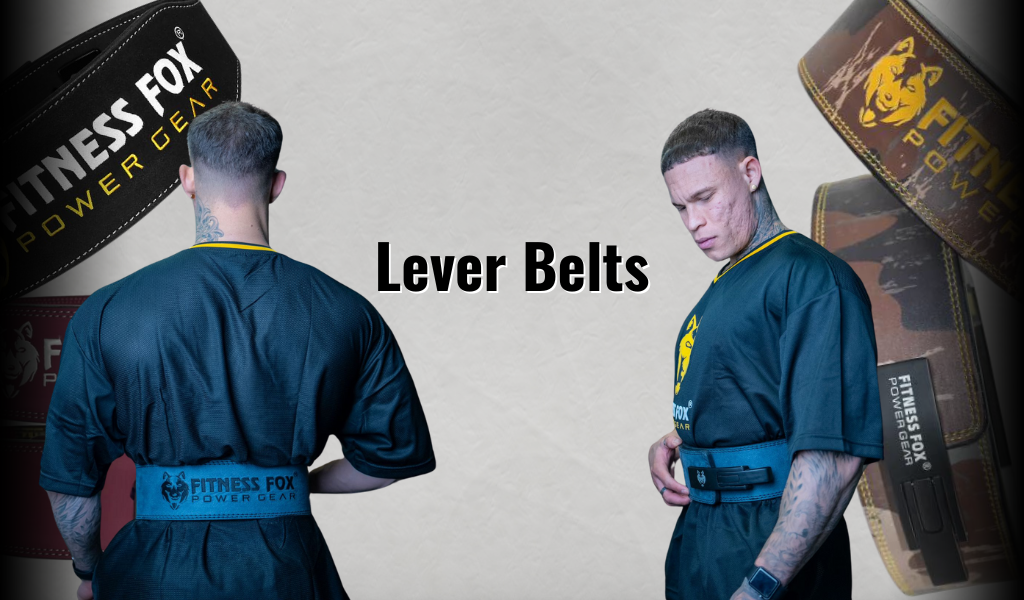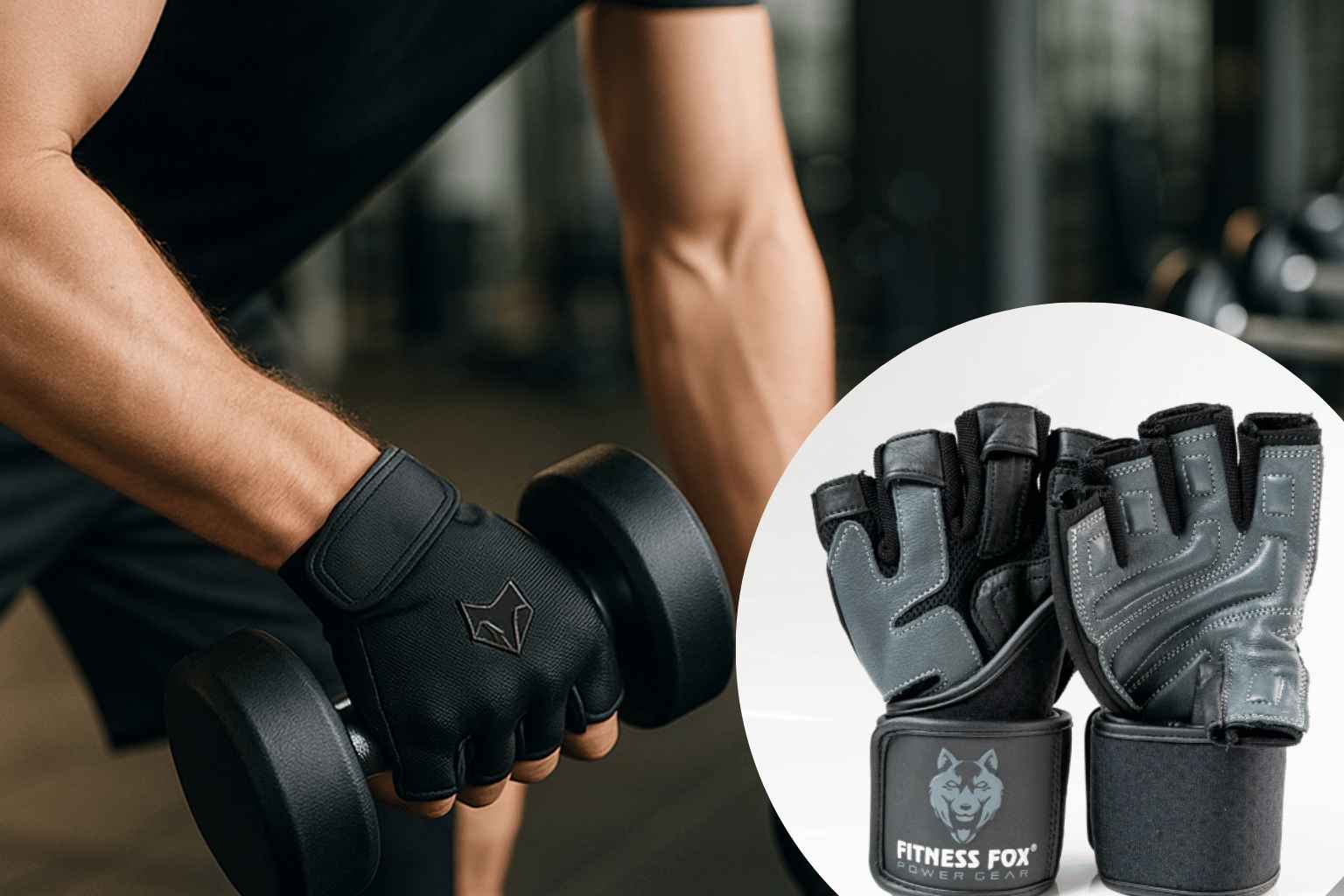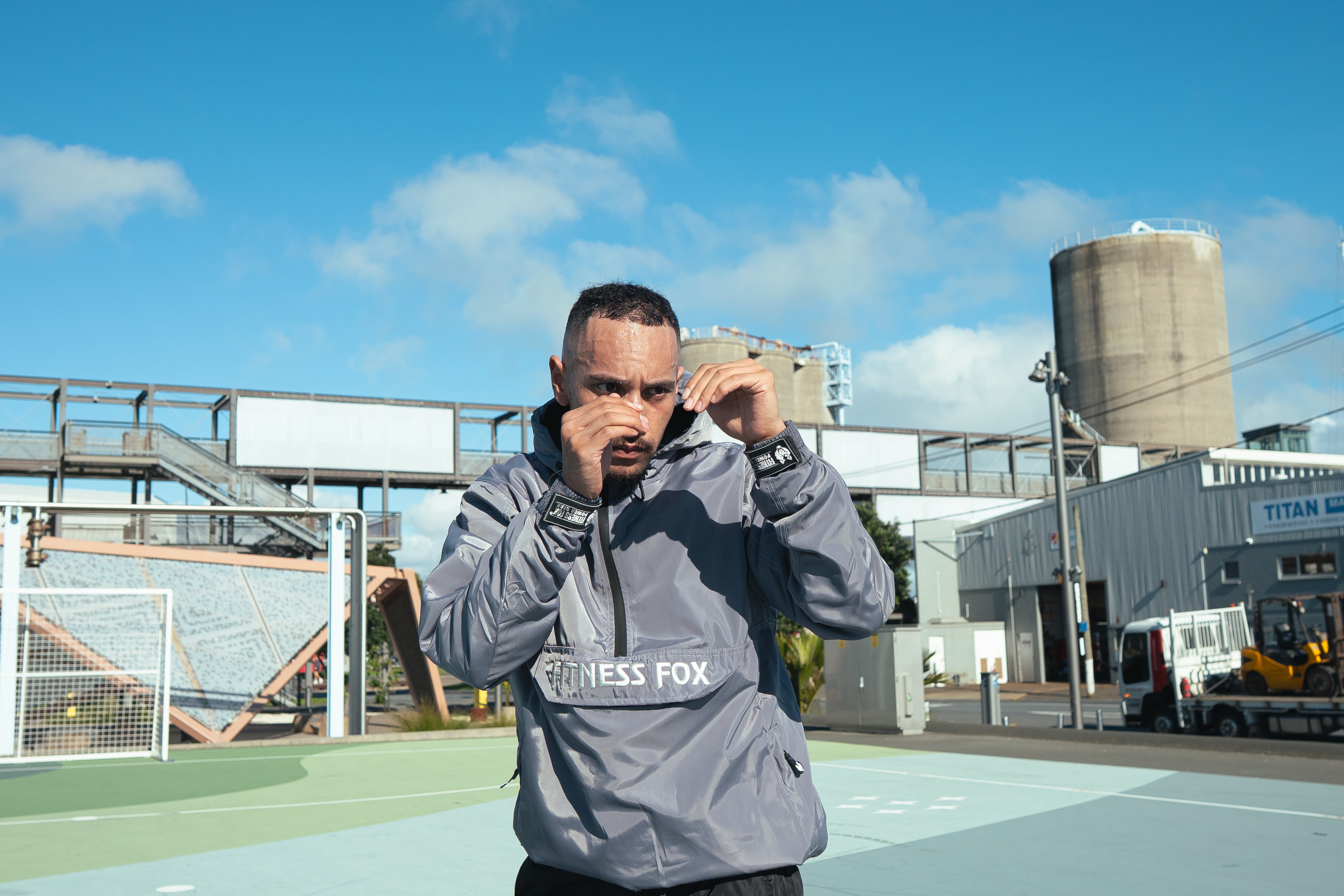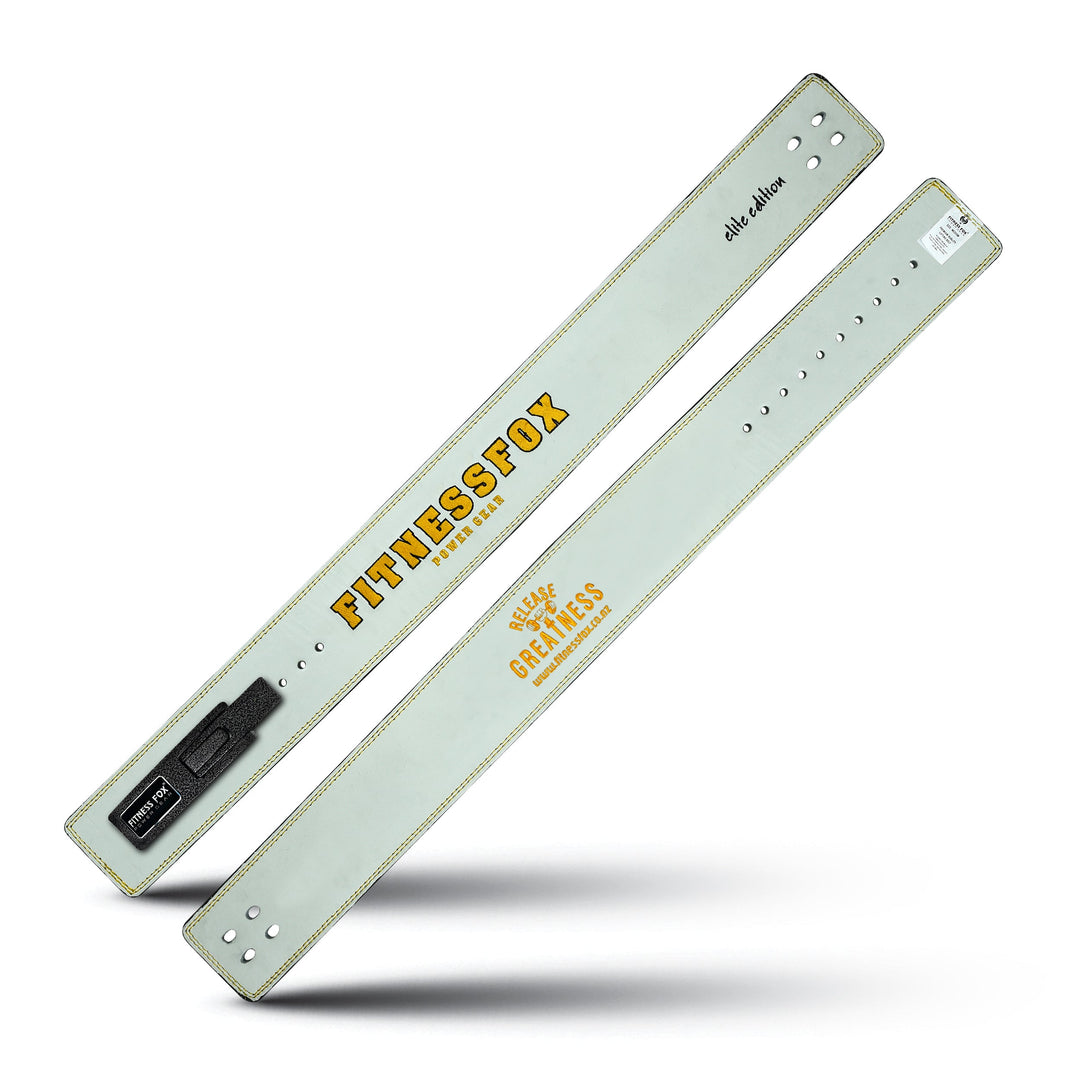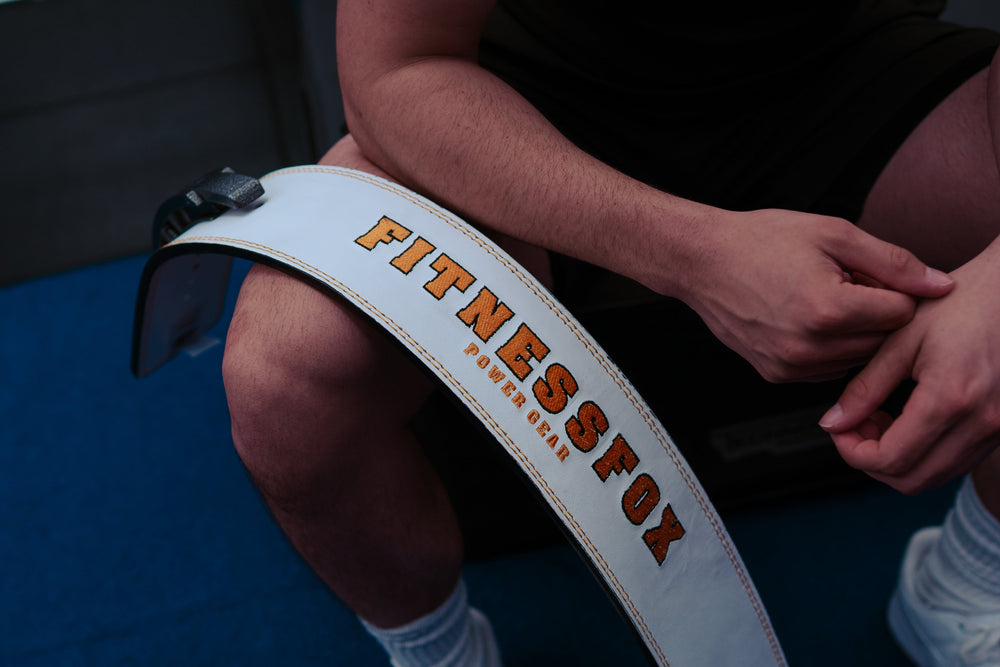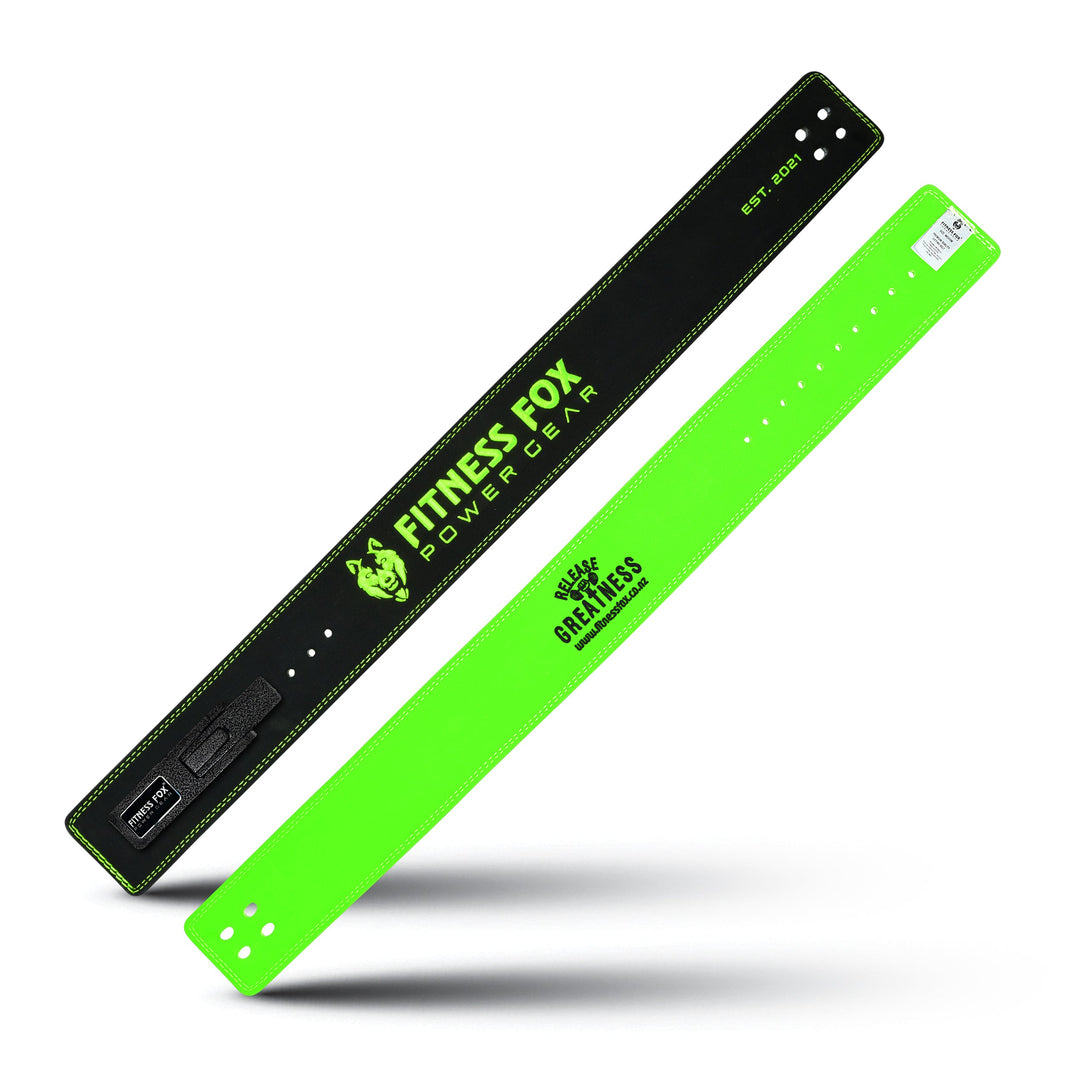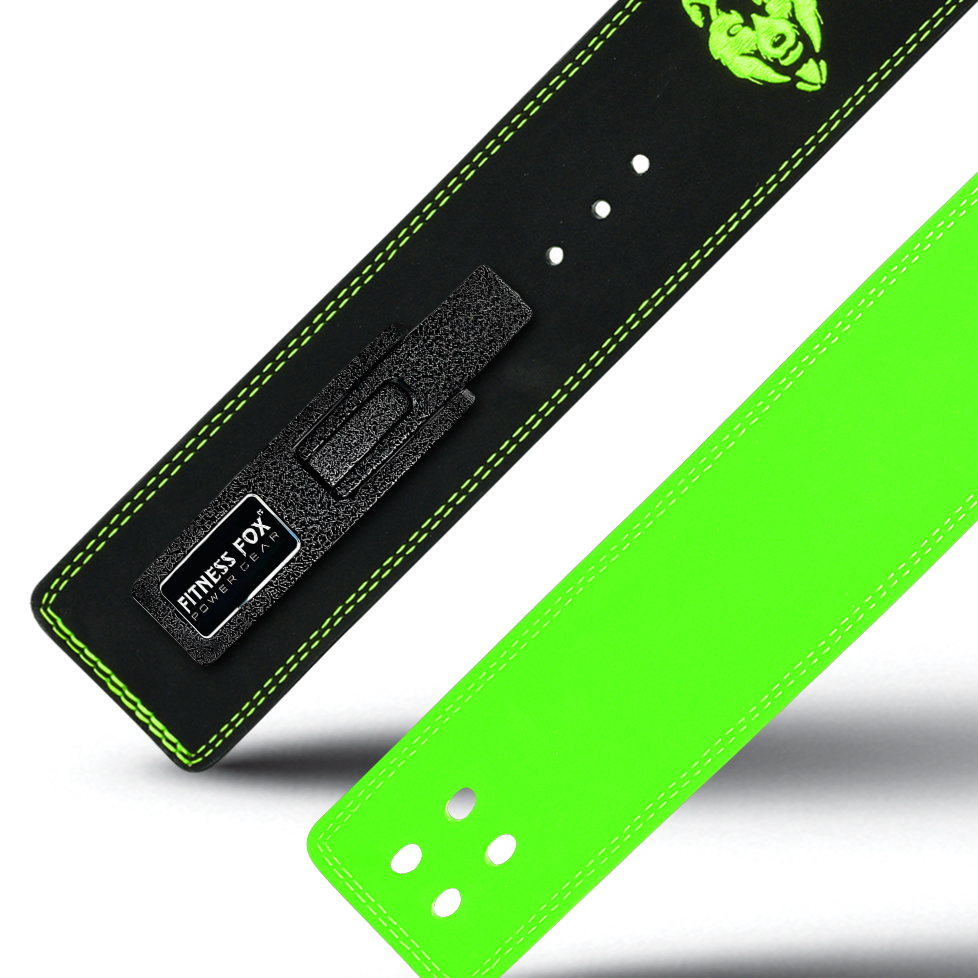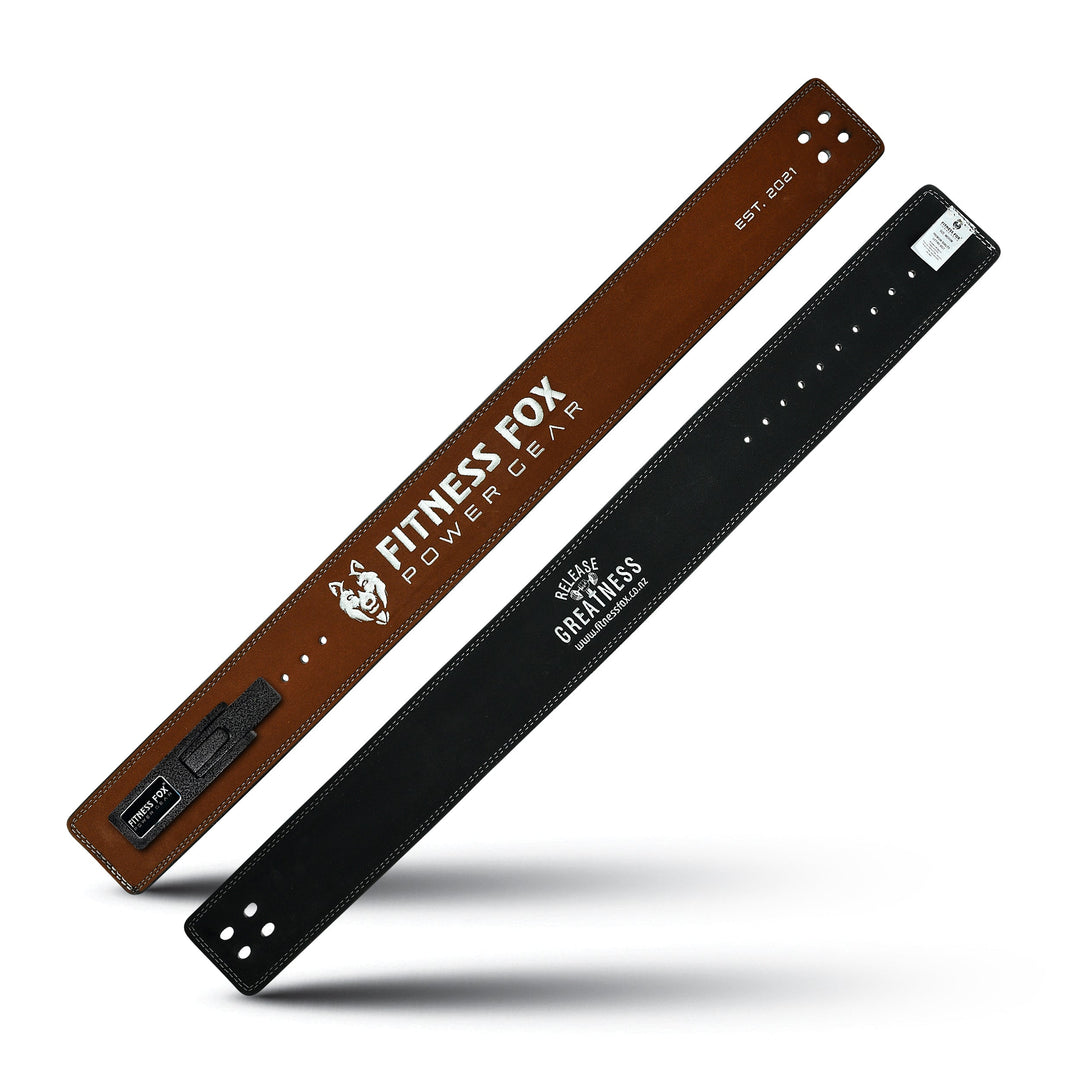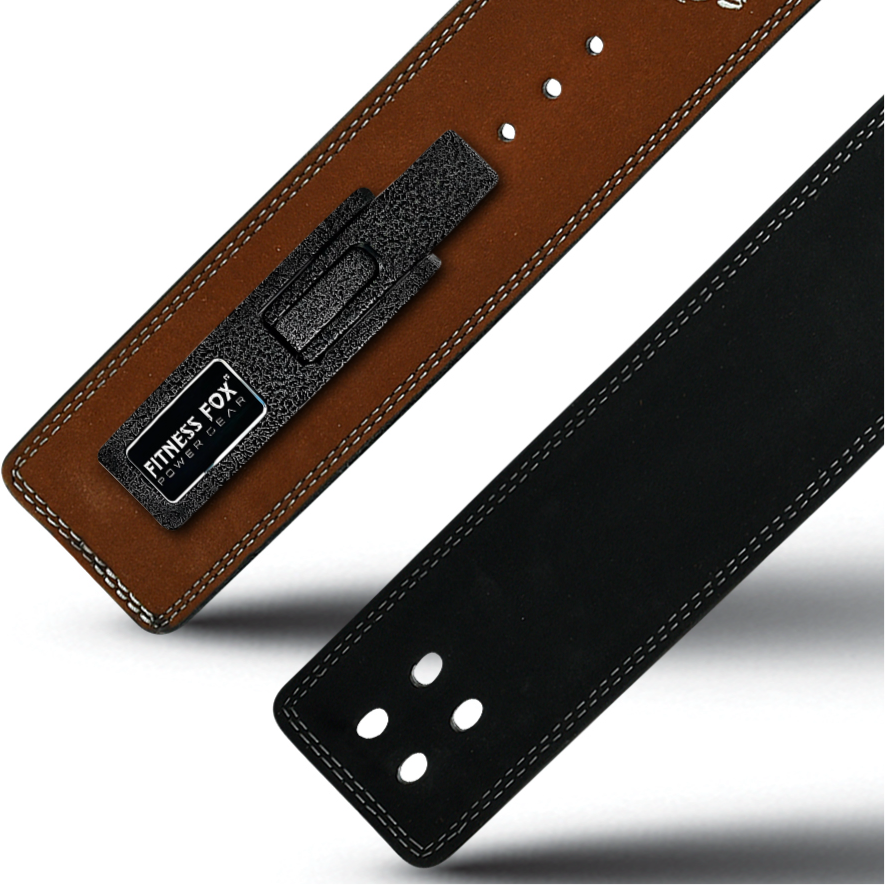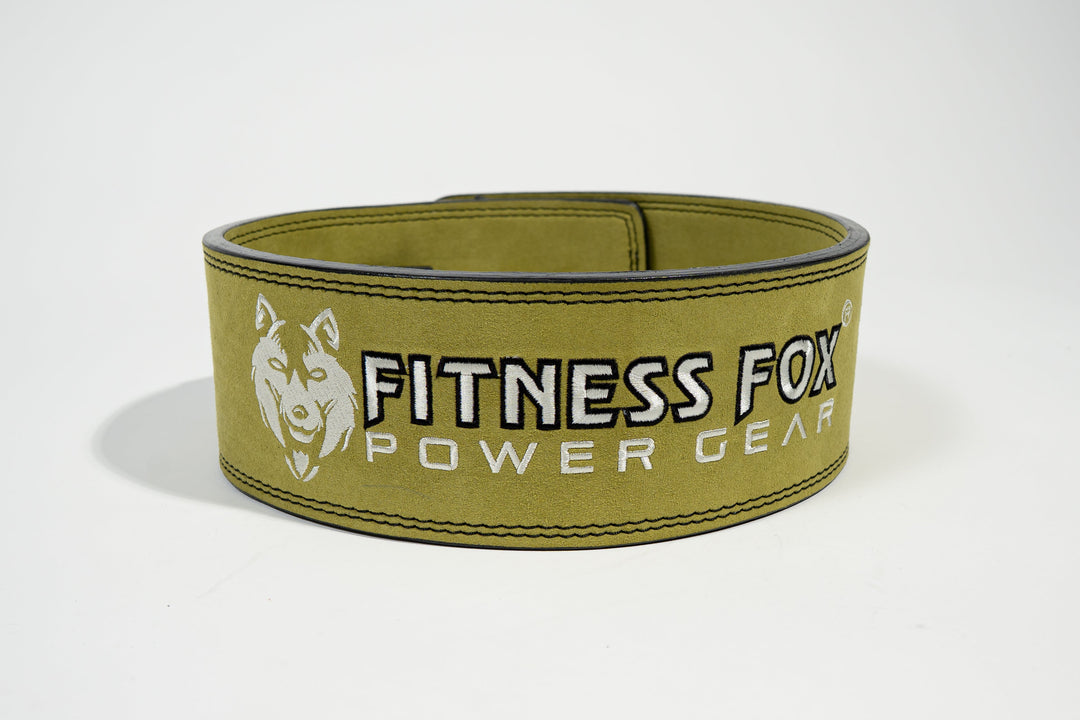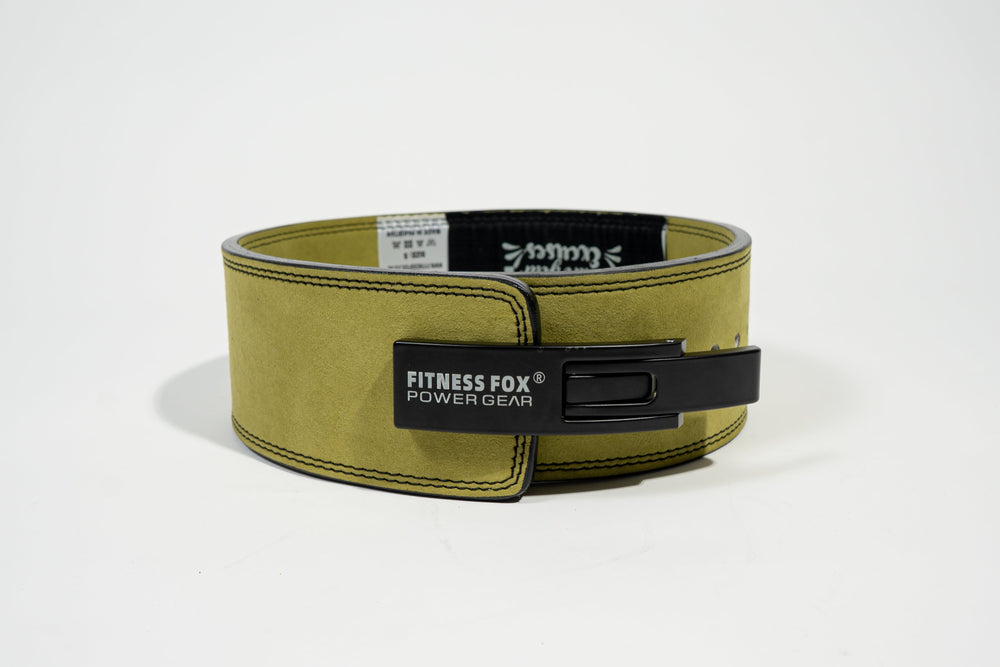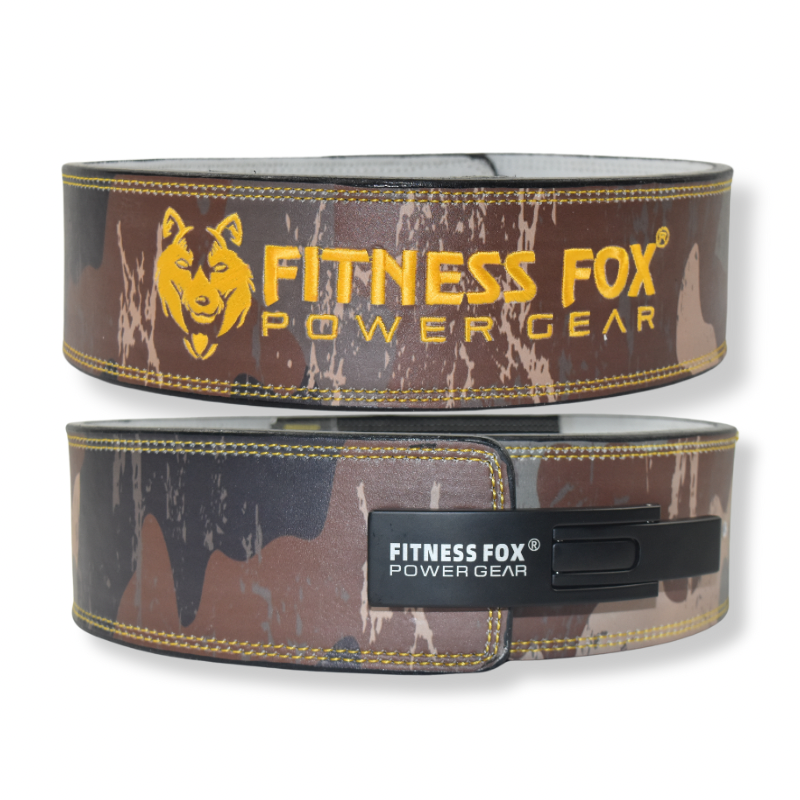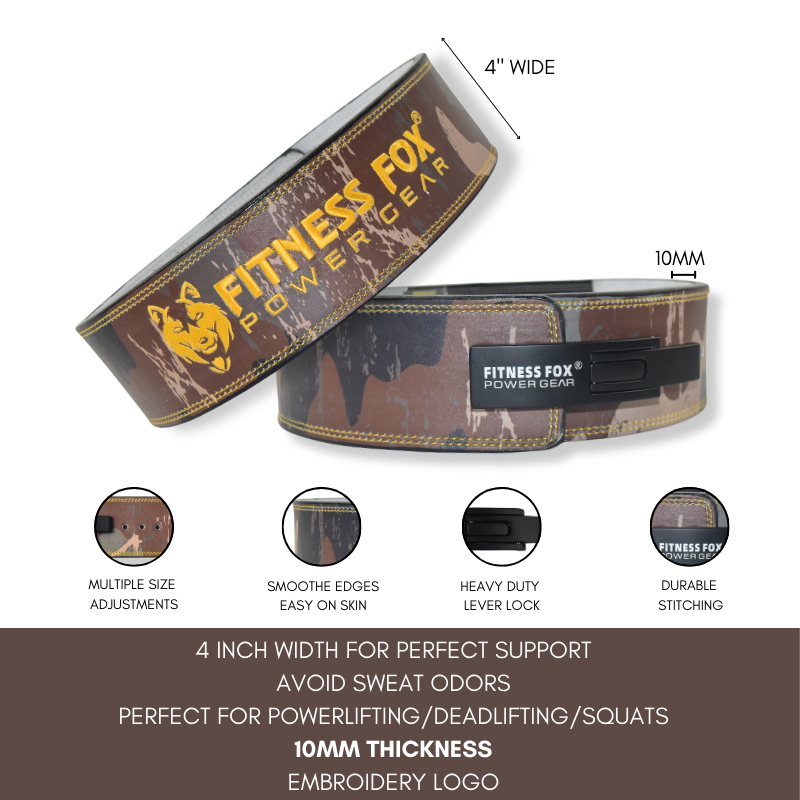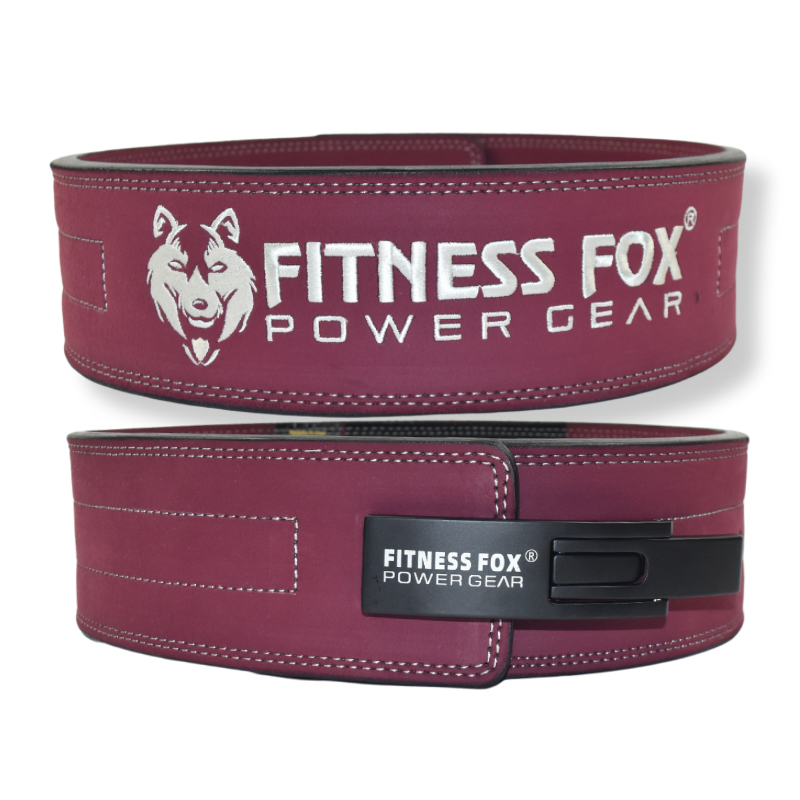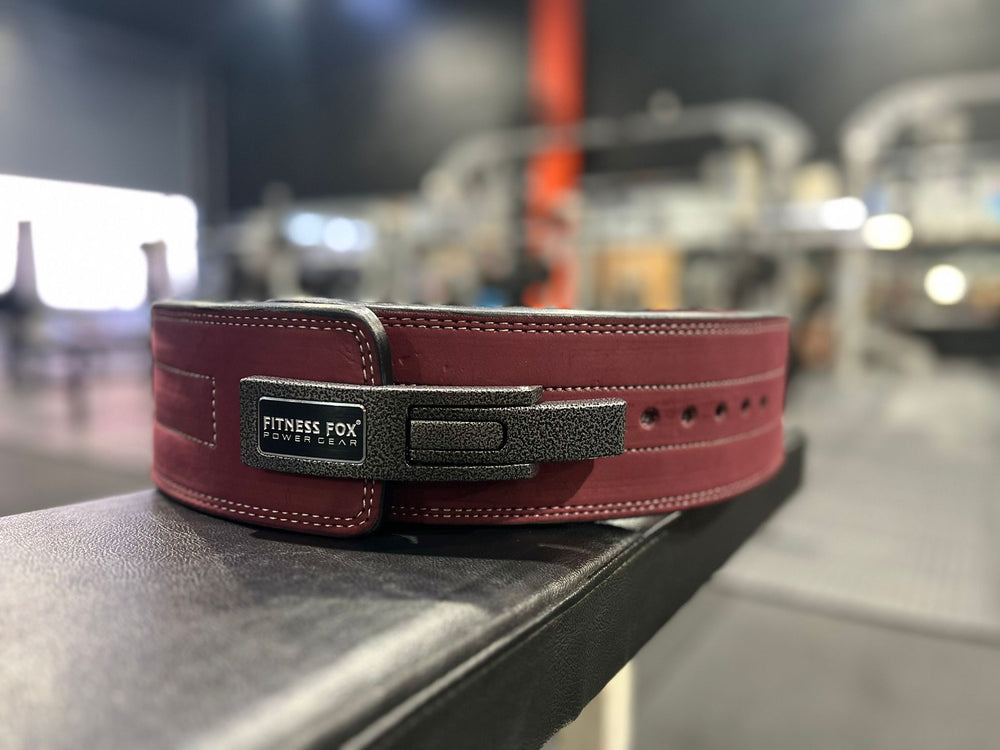
Weight lifting lever belts are indispensable tools in strength training, designed to enhance safety and performance by stabilizing the core and reducing spinal stress during heavy lifts. As more New Zealanders embrace fitness regimes that include weight training, the demand for quality equipment like lifting belts continues to rise. Recognizing this trend, Fitness Fox stands out as a reputable supplier, offering a robust selection of belts that cater to both novice lifters and seasoned athletes. Known for their commitment to quality and durability, Fitness Fox lever belts ensure optimal support and safety, helping users achieve their strength goals efficiently. Whether you're powerlifting, bodybuilding, or simply engaging in general fitness, a Fitness Fox lever belt is an essential component of your training toolkit, designed to boost your performance while safeguarding your body against injuries.
Understanding Weight Lifting lever Belts
Weight lifting lever belts are critical accessories in strength training, tailored to support the back and increase safety during intense lifting sessions. Here’s a detailed look at their function and variations:
-
Definition and Purpose:
-
A lever belt is a sturdy band worn around the waist that stabilizes and supports the lower back and core during heavy lifting. It is designed to prevent back injuries by encouraging proper posture and lifting technique.
-
Enhancement of Performance and Safety:
-
Supports the Lumbar Spine: By increasing intra-abdominal pressure, a belt provides a rigid wall against which the core muscles can push, stabilizing the spine during heavy lifts.
-
Promotes Proper Form: It helps maintain a straighter spine and reduces the likelihood of buckling or bending under heavy weights, thereby enhancing both performance and safety.
-
Enables Heavier Lifting: With improved core stability, lifters can often perform heavier and more effective lifts without compromising safety.
-
Different Types Available:
-
Leather Belts: Thick, durable, and rigid, offering the highest level of support, ideal for powerlifting.
-
Nylon Belts: More flexible and comfortable, suitable for dynamic movements and general fitness.
-
Tapered Belts: Thicker in the back and thinner towards the front, providing a balance of mobility and support.
-
Cone Belts: Designed to conform to the natural shape of the back, enhancing comfort and protection.
Each type of belt caters to different lifting styles and preferences, ensuring lifters can find the right support for their training needs.
Benefits of Using a lever Belt
Using a lever belt offers significant benefits that enhance both safety and performance in strength training. Here are the key advantages:
-
Increased Intra-Abdominal Pressure for Better Core Stability:
-
By securing the belt tightly around the waist, lifters can increase the intra-abdominal pressure, which acts as a brace to stabilize the spine. This stability is crucial during heavy lifting, as it helps maintain a strong and safe posture, reducing the load on the spine alone.
-
Reduction of the Risk of Injury During Heavy Lifts:
-
Weightlifting belts play a pivotal role in minimizing the risk of lower back injuries. They encourage lifters to lift more from their legs rather than their back, promoting safer lifting mechanics. This protection is particularly important during maximal or submaximal lifts, where the risk of injury is higher.
-
Improved Lifting Technique and Performance:
-
The belt's support helps lifters maintain better form throughout their lifts. This correct form not only enhances lifting efficiency but also improves overall performance. Lifters are able to perform heavier squats, deadlifts, and overhead presses with increased confidence and safety.
Integrating a weightlifting belt into your training routine can thus significantly boost your lifting capability while protecting your most vulnerable areas from strain or injury.
Factors to Consider When Choosing a Weight-Lifting Lever Belt
Choosing the right weight-lifting lever belt is crucial for enhancing performance and ensuring safety during your workouts. Here are essential factors to consider when selecting a belt:
-
Material and Construction Quality:
-
Leather: Offers superior durability and stiffness, ideal for heavy lifting and powerlifting. Leather belts provide excellent support and tend to last longer.
-
Nylon: More flexible and lighter, suitable for dynamic movements and general fitness routines. Nylon belts often come with Velcro closures, which allow for easy adjustments.
-
Quality of Buckles and Stitching: Ensure that the belt has strong buckles and secure stitching to withstand the pressures of repetitive heavy lifting.
-
Size and Fit for Optimal Support:
-
Width: Typically ranges between 4 inches for uniform support across the back and 6 inches for those who need extra coverage and support.
-
Thickness: Ranges from 10mm to 13mm, with thicker belts offering more stiffness and support for heavier lifts.
-
Correct Sizing: Measure around your waist where the belt will sit during lifting, typically around the navel, to ensure it fits snugly but not so tight that it restricts breathing or movement.
-
Style and Design Preferences:
-
Color and Pattern: Available in various colors and designs, allowing you to choose one that matches your personal style or gym attire.
-
Custom Features: Some belts offer customization options, such as embroidery or specific buckle designs, to add a personal touch.
Considering these factors will help you select a weight lifting belt that not only supports your lifting needs but also suits your style preferences and stands up to the rigors of your training regimen.

Why Buy a lever Belt from Fitness Fox
When considering a lever belt from Fitness Fox, there are several compelling reasons that make their products a standout choice:
-
Product Range: Fitness Fox offers a variety of lifting belts suited to different lifting needs, including both suede and leather options. Their belts are designed for powerlifters and general fitness enthusiasts, featuring both lever and prong buckle systems which allow for easy adjustments and secure fitting during workouts.
-
Commitment to Quality and Durability: Fitness Fox lever belts are known for their durability and high-quality construction. For instance, their leather belts are crafted with attention to detail, offering strong support and a stylish look. Their suede belts are not only durable but also provide a secure grip that enhances performance during heavy lifts.
-
Competitive Pricing and Value for Money: Fitness Fox belts are competitively priced, providing good value considering their quality and the features they offer, such as adjustable buckles and robust material choices. They also offer various deals and discounts on their products, making them more accessible to a wider range of customers.
These factors combined make Fitness Fox a reputable and reliable choice for purchasing lifting belts, especially for customers in New Zealand who benefit from fast local shipping options and dedicated customer service.
Tips for Proper Use and Maintenance of Weight Lifting lever Belts
To maximize the benefits and extend the life of your lever belt, follow these essential guidelines and maintenance tips:
-
Guidelines for Wearing a Lifting Belt Effectively:
-
Fit and Tightness: Ensure the belt fits snugly around your waist. It should be tight enough to provide support without restricting breathing or movement.
-
Positioning: Position the belt around the natural waist, slightly above the hips, to stabilize the lower back and core. It should cover the abdominal area and the lower back adequately.
-
When to Use: Only use your belt for lifts that stress the lower back like squats, deadlifts, and overhead presses. Avoid wearing it throughout the entire workout to ensure proper core muscle development.
-
Maintenance Tips to Prolong the Lifespan of the Belt:
-
Cleaning: Regularly clean your belt with appropriate products. For leather belts, use a leather cleaner and conditioner to prevent drying and cracking. For nylon belts, a mild soap and warm water will suffice.
-
Storage: Store your belt in a cool, dry place away from direct sunlight to prevent the material from degrading. Avoid folding leather belts to maintain their shape.
-
Regular Inspection: Check for signs of wear and tear, such as small tears or loose buckles, and address them promptly to avoid further damage.
-
Common Mistakes to Avoid When Using a Lifting Belt:
-
Overdependence: Relying too heavily on the belt can inhibit natural core strength development. Use the belt as a tool for enhancement, not as a crutch.
-
Incorrect Sizing: Wearing a belt that’s too tight can cause discomfort and hinder performance. Conversely, a loose belt won’t provide adequate support.
-
Improper Use: Using a belt for exercises that don’t require heavy spinal loading can lead to poor training habits and reduced core engagement.
By adhering to these tips, you can effectively enhance your lifting performance while ensuring your belt remains a valuable part of your training regimen for years to come.
Who should use a weightlifting belt?
- Weightlifting belts are ideal for lifters engaging in heavy compound movements like squats or deadlifts. They are recommended for intermediate to advanced lifters aiming to lift heavy weights with proper form. Beginners should focus on core strengthening before considering a belt.
How do you wear a weightlifting belt correctly?
- The belt should sit just above the hip bones, covering the widest part of your abdomen. Tighten it snugly but leave enough room to breathe and brace your core properly during lifts.
What types of weightlifting belts are available?
- Common types include lever, prong, and Velcro belts. Lever belts provide a secure fit and are durable, while Velcro belts are easy to adjust but less durable and may slip during heavy lifts.
Should you wear a weightlifting belt for every lift?
- No, belts are not necessary for all lifts. Use them for heavy compound exercises or maximum-effort lifts. Avoid using them during exercises focused on core stabilization to encourage natural core strength development.
Can a weightlifting belt prevent injuries?
- While belts support the back and enhance lifting technique, they do not guarantee injury prevention. They may even increase injury risks if lifters become over-reliant or neglect proper form.
How do you maintain a weightlifting belt?
- For leather belts, break them in gradually by wearing them lightly and using leather conditioners. Store belts in a cool, dry place and avoid excessive bending or exposure to moisture.
